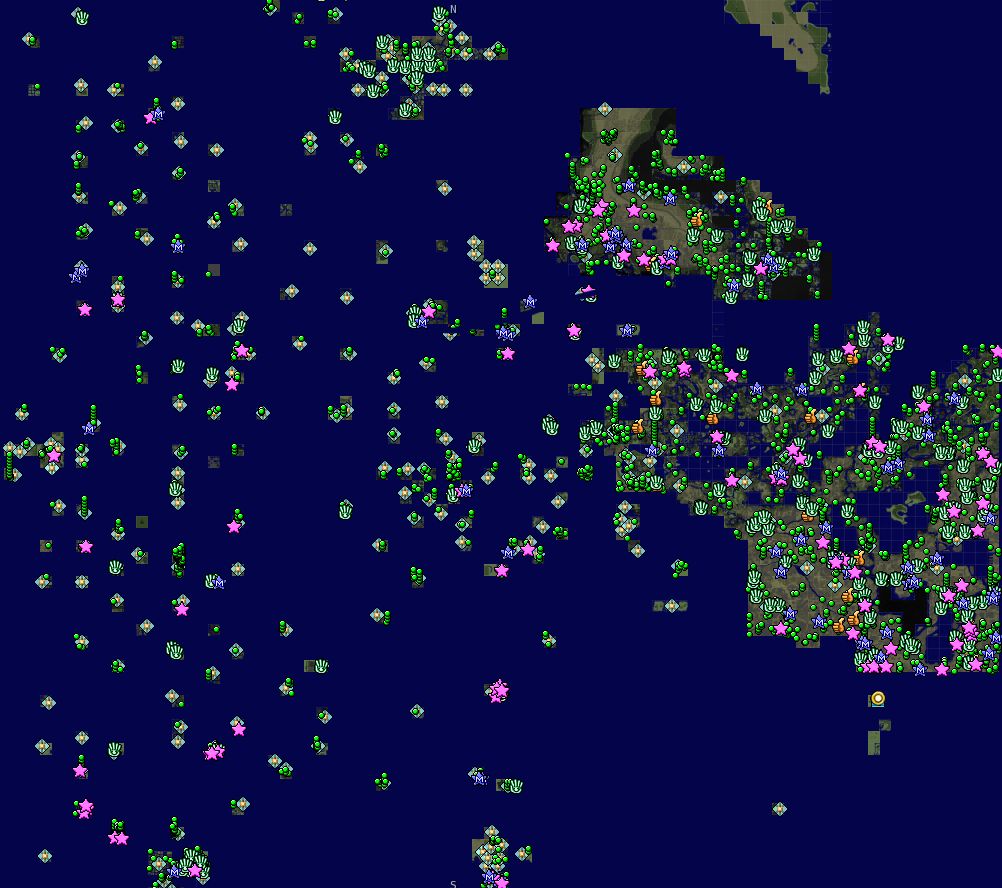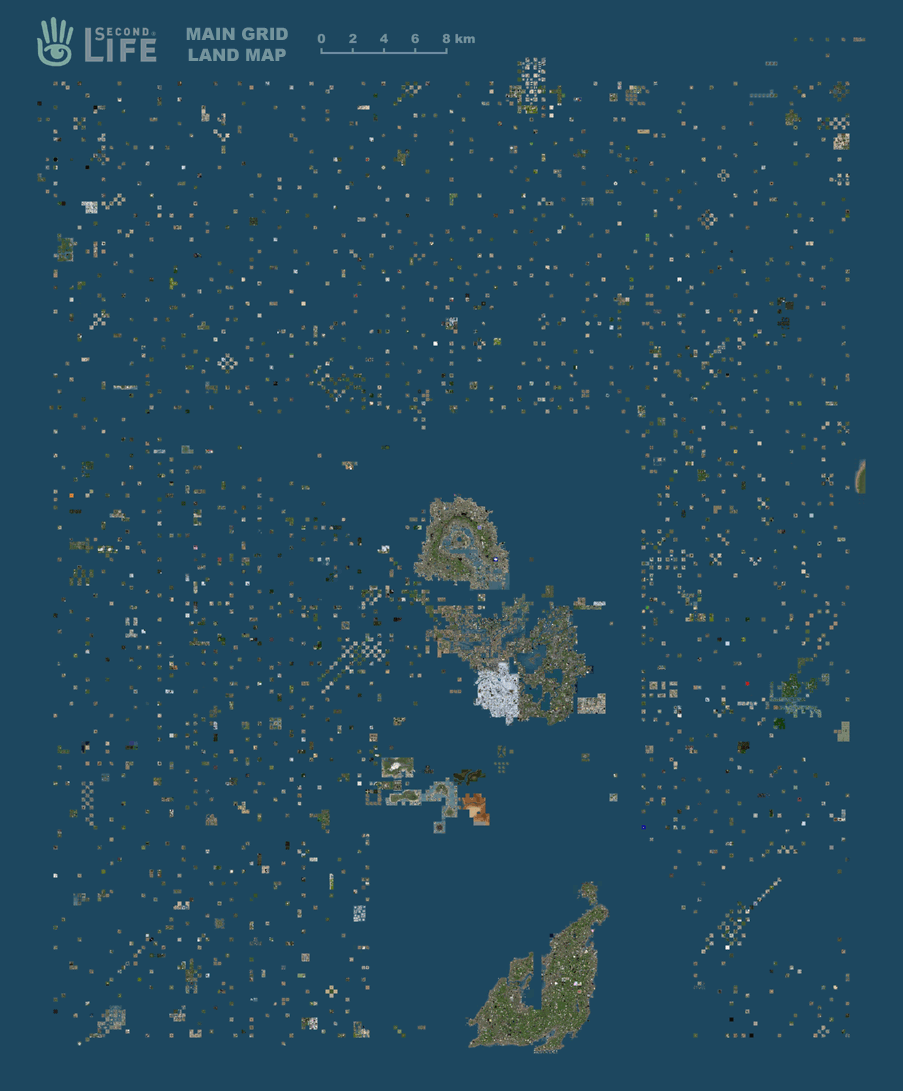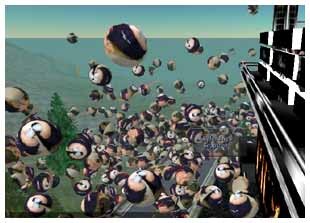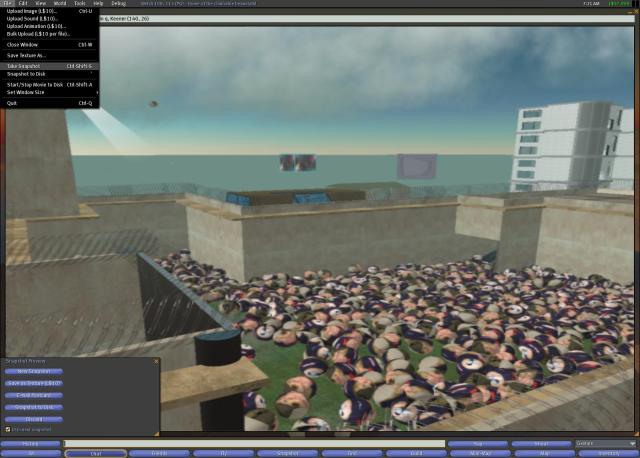Behind the Scenes at Linden Lab
What is Second Life?
- An Online Virtual World
What is Second Life?
- 3D modeling tools
- Physics simulation
- Fully-featured scripting language
- L$ Currency Exchange (LindeX)
What is Second Life?
- But what do people do with it?
Creativity
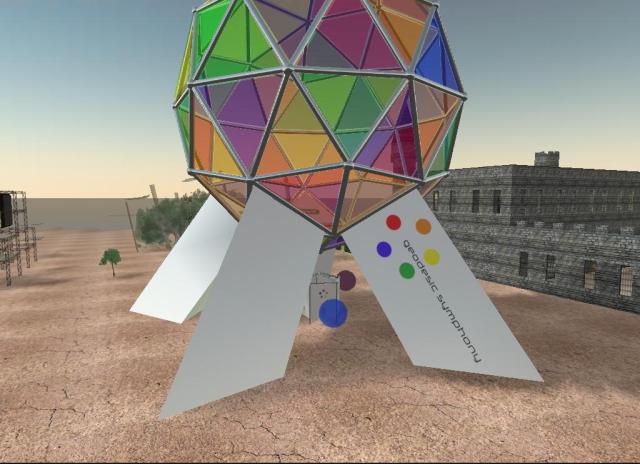
Creativity

Socializing
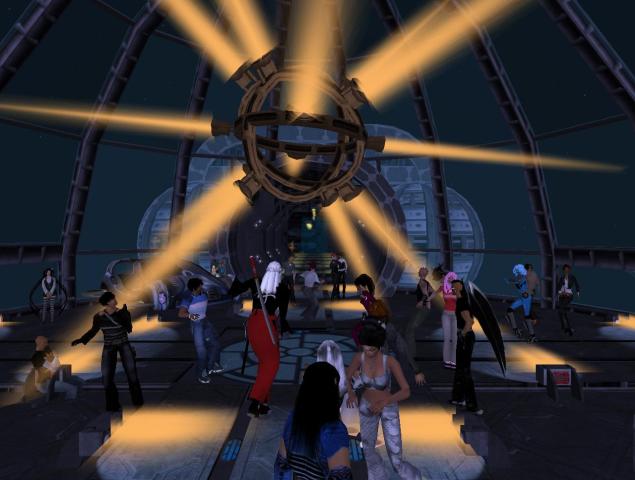
Socializing

Socializing
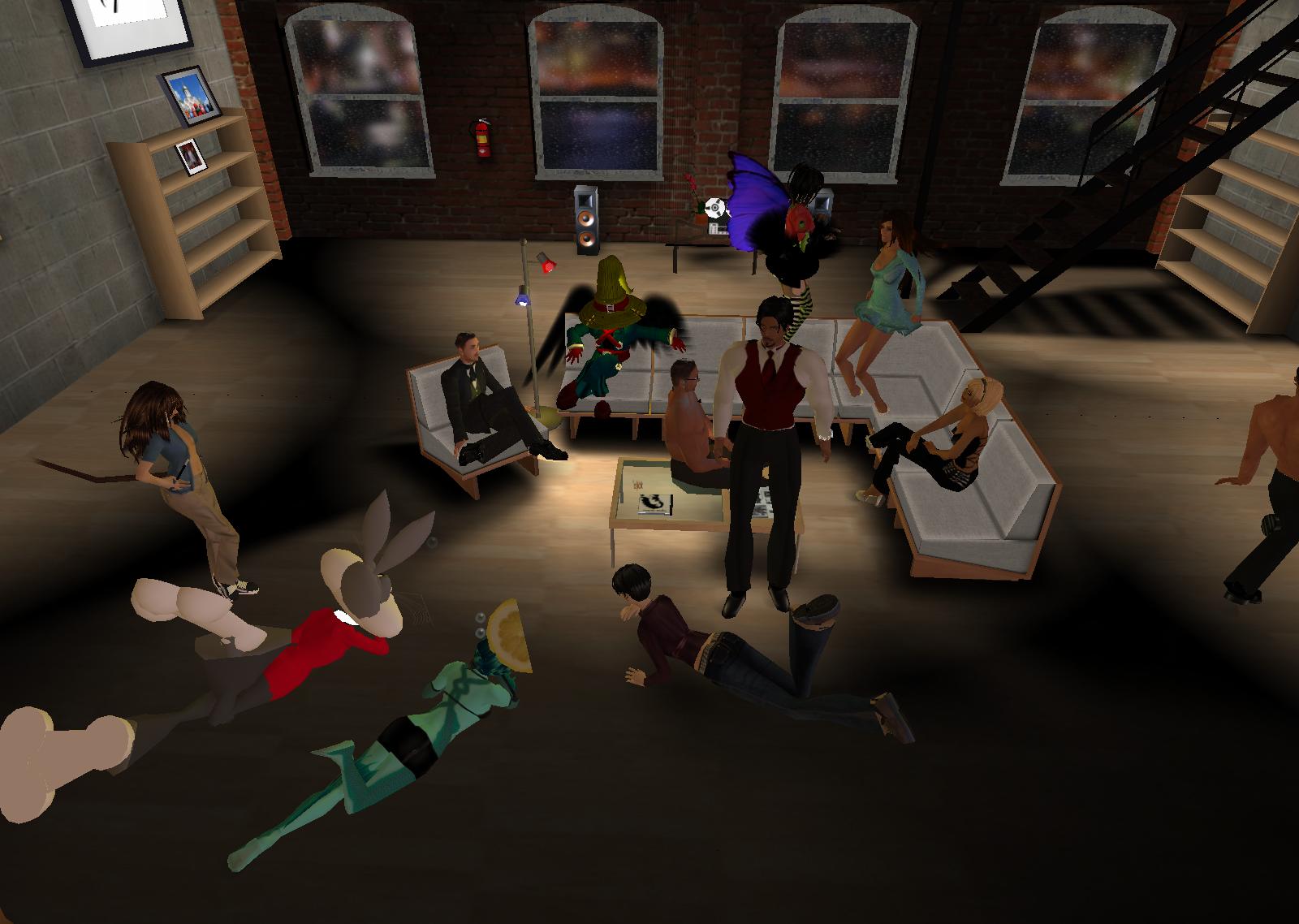
Business

Business
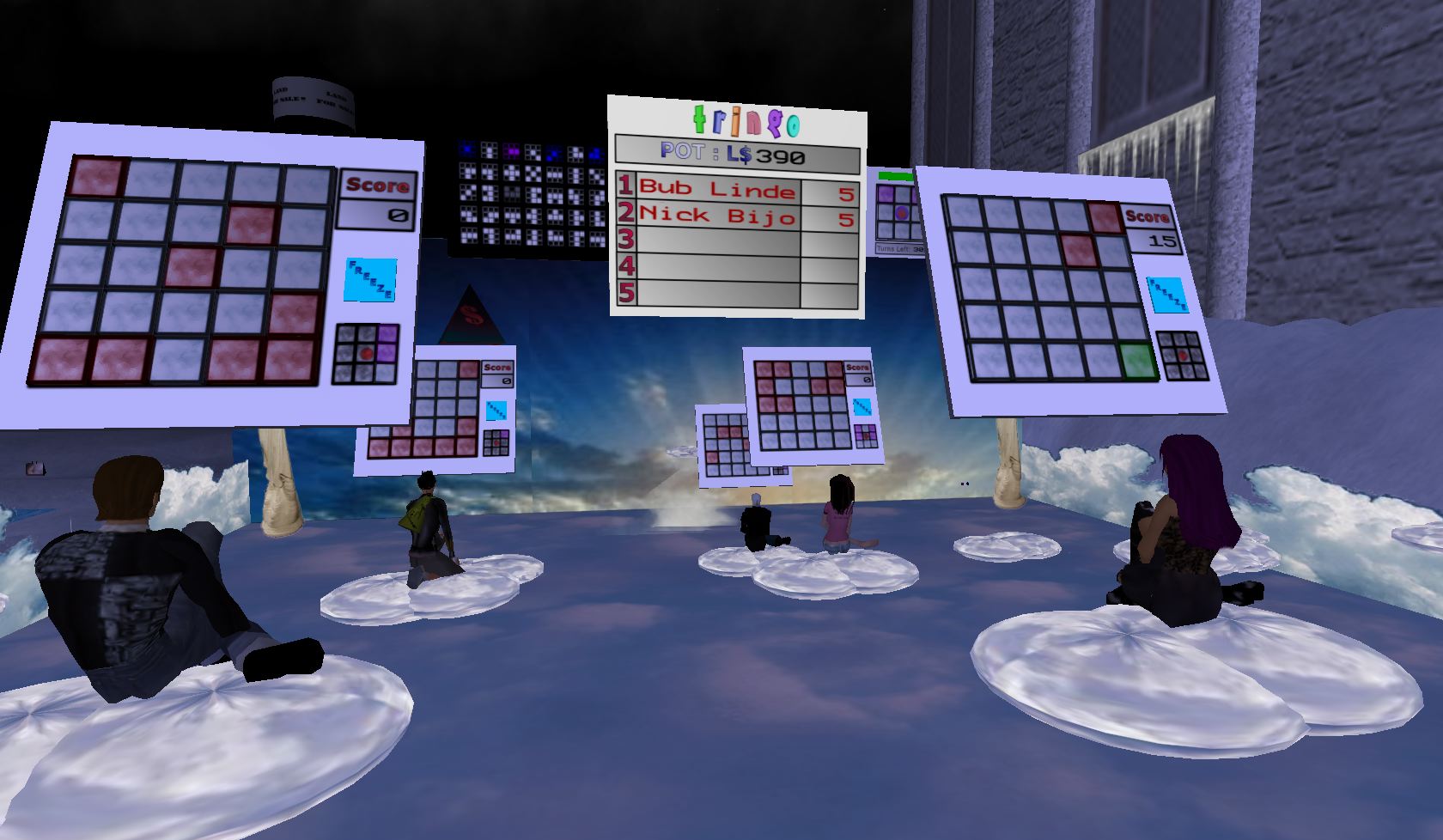
Business

The Early Years
- Founded in 1999 by Philip Rosedale, in San Francisco
- The inspirations:
- Snowcrash
- Previous Virtual Worlds
The Early Years
Why Then?
- Broadband was becoming ubiquitous.
- So was cheap consumer 3D hardware acceleration.
The Early Years
Before Beta
- Built the core technology and tools.
- Considered building content ourselves, but realized that costs were prohibitive.
- Give the tools to the users. They will build the world for us.
The Early Years
Launch
- Second Life was launched in June 2003
- A small core of dedicated users, but uptake was slow.
- Why?
The Early Years
Survival of the Fittest
- We had built a system by which you were taxed for resources, and were given L$ to buy resources depending on the quality of your content (from ratings).
- Elegant, but completely ruthless. Too difficult for people to understand - too much like work. If you weren't constantly creating newer, better content, your creations would get DELETED.
- Users got angry!
The Early Years
The Breakthrough
- Instead of limiting what people can do (like a game), allow people to pay for as many resources as they want to use!
- Make it possible for users to benefit financially by content that they create, by supporting a L$<->US$ exchange (GOM first, then Lindex)
Accelerating Growth
- Growth slowly starts to accelerate. This is good!
- 2004 and 2005 see steady growth, doubling around every 6 months. But then, in 2006...
Accelerating Growth
Account growth
- 3/06 - 150K accounts
- 6/06 - 300K accounts
- 9/06 - 735K accounts
- 10/18/06 - 1M accounts
- 12/14/06 - 2M accounts
- 1/28/07 - 3M accounts
- 2/24/07 - 4M accounts
SL Map: 2003


